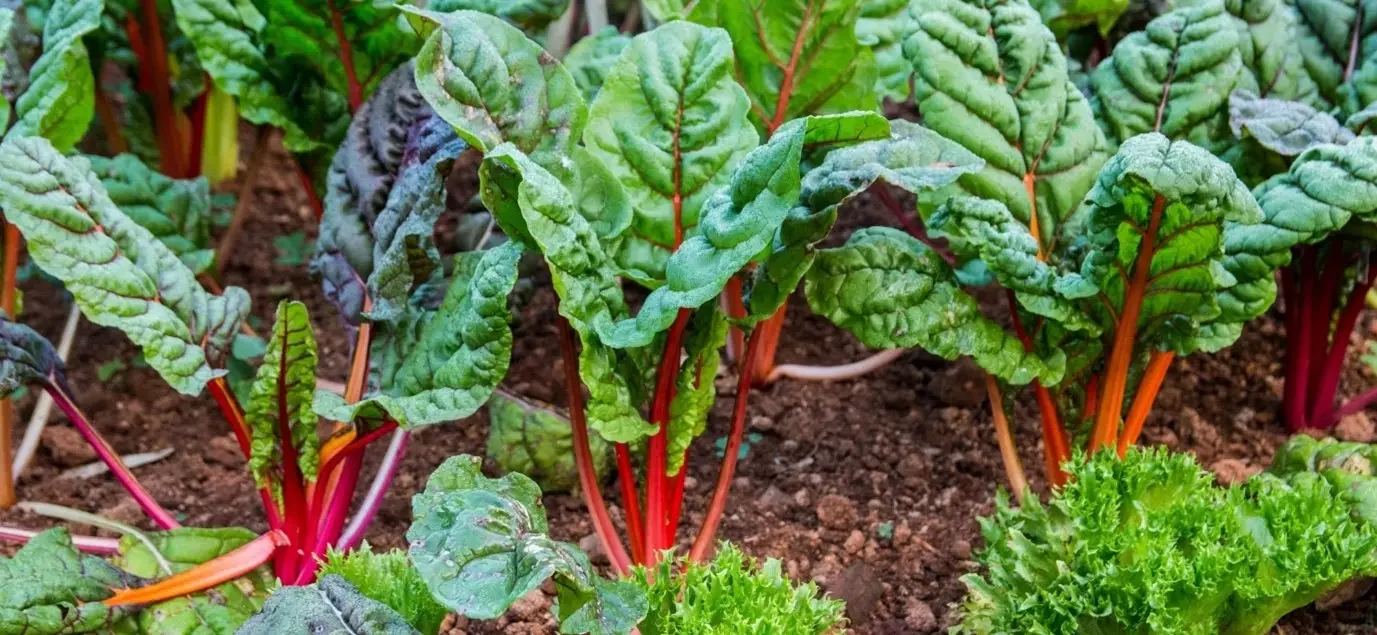Before planting anything in spring you need to consider if what you are planting is ready for our Great British weather. This could be new vegetable seedlings started off indoors or perennials like dahlias brought under cover for the winter. It also applies to mail order plug plants, or young plants from garden centres, particularly bedding plants. You will need to harden them off because they will have been grown under cover.
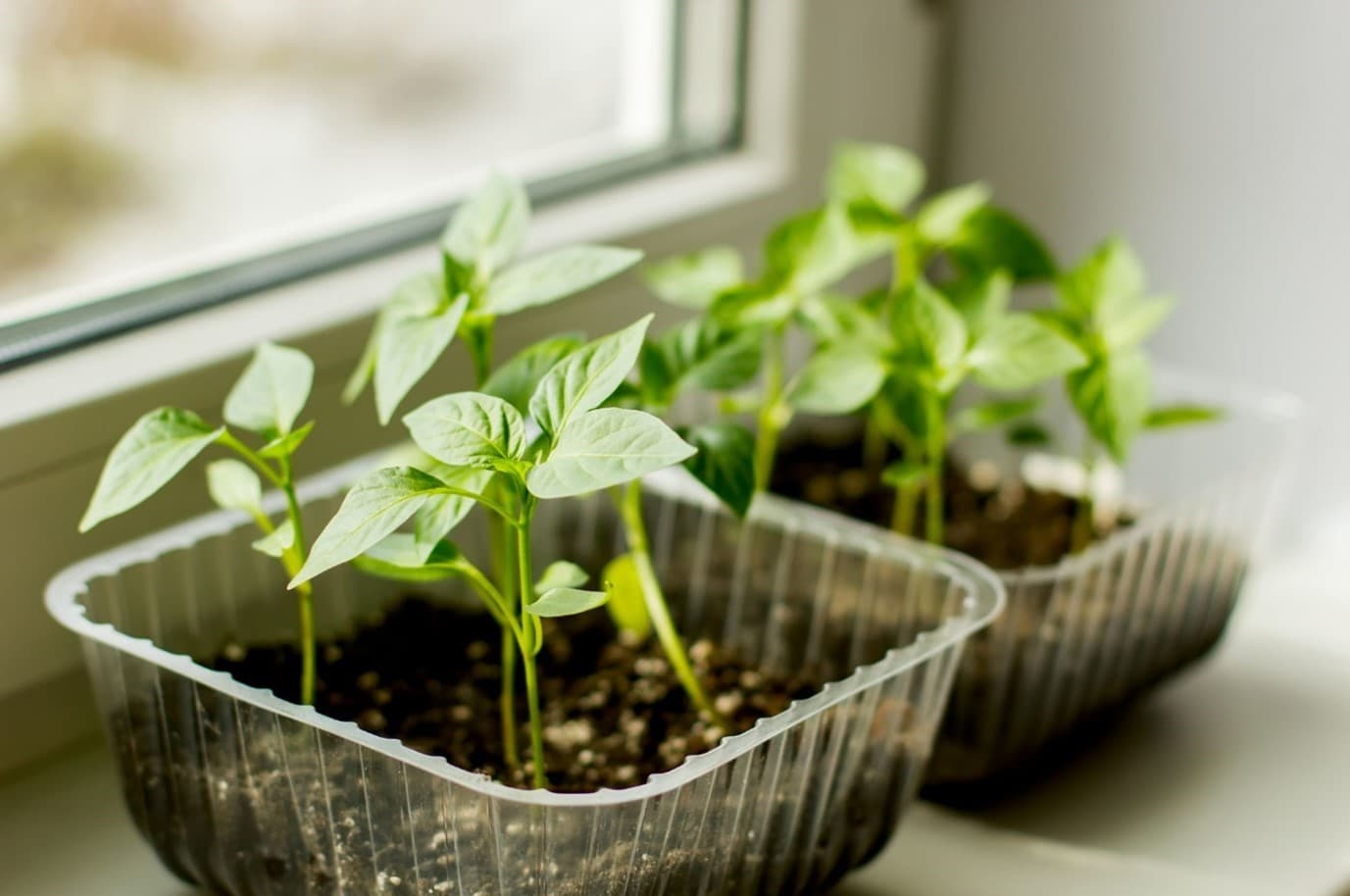
Tender shrubs that you brought inside for shelter over winter will need hardening off if they have any new buds or leafy growth, but they will need a little less care than seedlings.
It is not just cold air that is a problem, it is also the wind which can desiccate the foliage. The stems and leaves of seedlings are particularly vulnerable. Their growth is very soft. As soon as a cool breeze blows them about, they keel over and will not recover. In order to survive outside they need to toughen up. Their stems and leaves need to become stronger and more weather resistant. Hardened off plants develop thicker leaves and sturdier stems, often with a waxy coating which protects them from drying out.
Hardening off plants does not make frost-sensitive plants more hardy. If frost is forecast protect your plants. If you are not sure what hardiness rating your plants are, look them up online and check against our information about hardiness by clicking here.
How to Harden Off Tender Plants
For seedlings growing indoors, waft them with a piece of paper or cardboard to create a gentle breeze. Do this as often as possible from the moment they emerge. This movement encourages the stems to gradually thicken up. Make sure you don’t hit the seedlings as you are wafting them.
Towards the end of May, or once all chance of frost has passed, seedlings can be moved from indoors to an unheated greenhouse or cold-frame. The increased light exposure will help them to grow without becoming spindly. Let them acclimatize to the new temperatures for two weeks before taking them outside. For greenhouses open doors and vents during the day to prevent extreme swings in temperature.
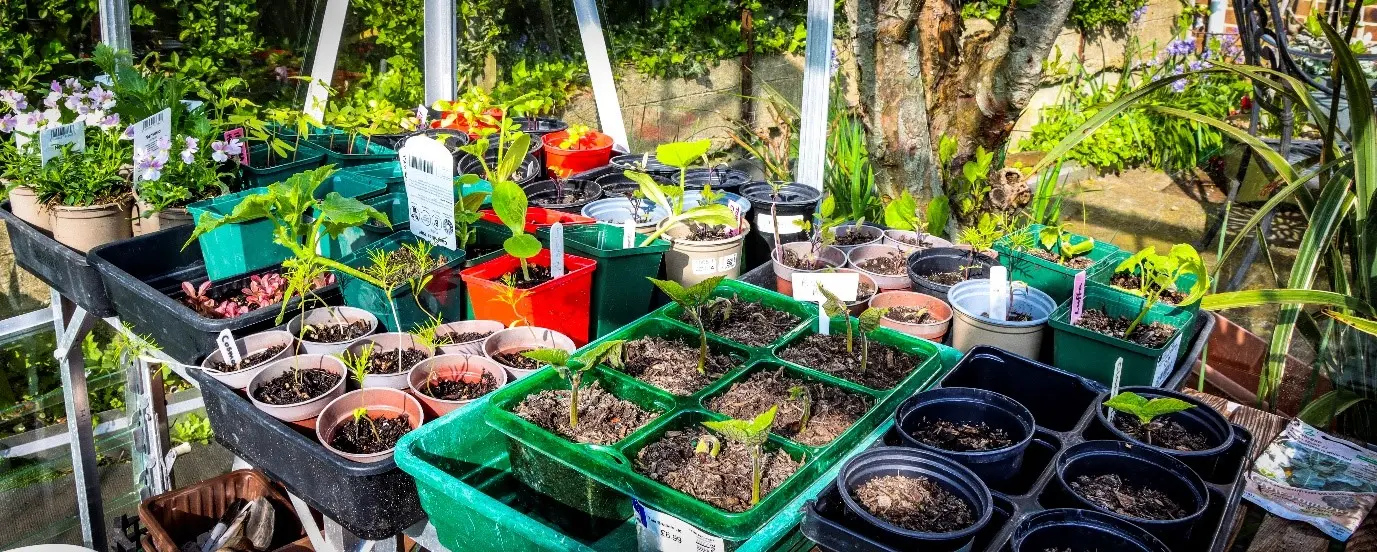
After two weeks move the seedlings as close to the door as possible leaving the door open during the day for the first week, closing up at night. On a warm day above 12°C with little wind, give your seedlings a good drink then put them outside. For the first week put them outside in a warm but shady spot, for just for an hour or two each day.
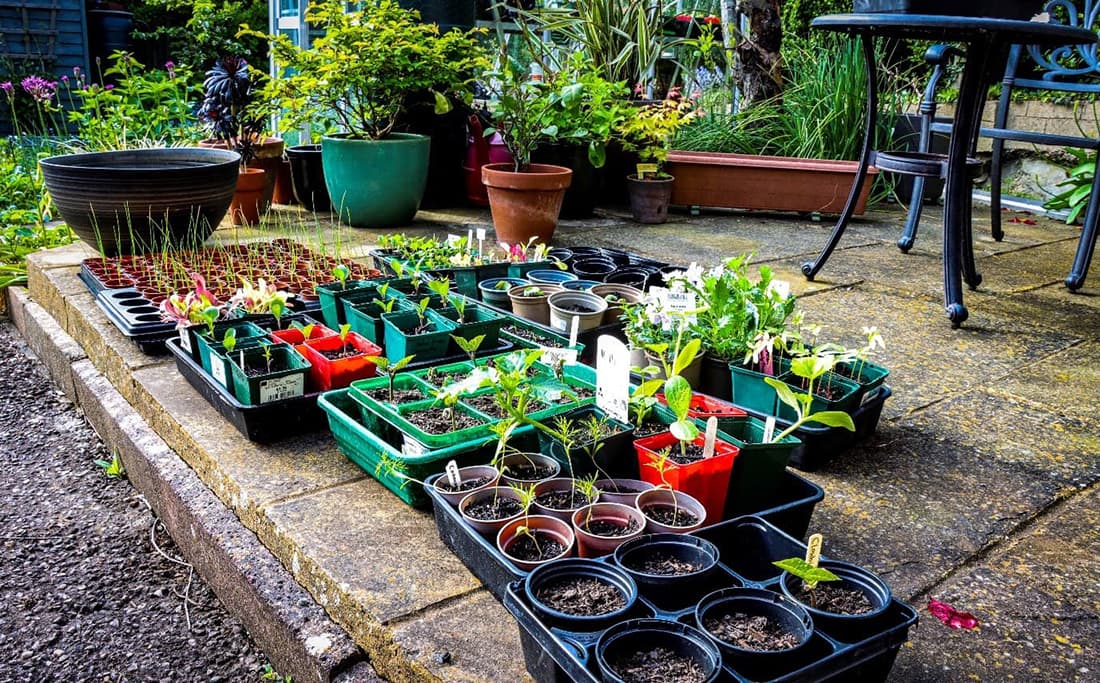
For the second week they can stay out all day until the end of the week when they can be planted out. Don’t rush this process; hardening off takes at least two to three weeks. Keep an eye on the weather, young plants can suffer sun burn, wind scorch or cold damage. It is better to wait a bit longer if the weather forecast is cold, wet or windy than allowing your seedlings to be stressed or killed.
If you want to plant up a hanging basket or patio pot with tender bedding. Pot it up in a sheltered place and harden it off as if it is an individual plant. Bring it out for an hour or two then return to shelter in the same way as above. This allows the plug plants to start growing into the compost and be hardened off at the same time.
If you have a cold-frame protecting your seedlings, gradually increase the airflow around the plants by raising the lid to halfway during the day for a week. Always close up at night. In the following week raise the lid fully during the day. In the third week leave it open day and night.
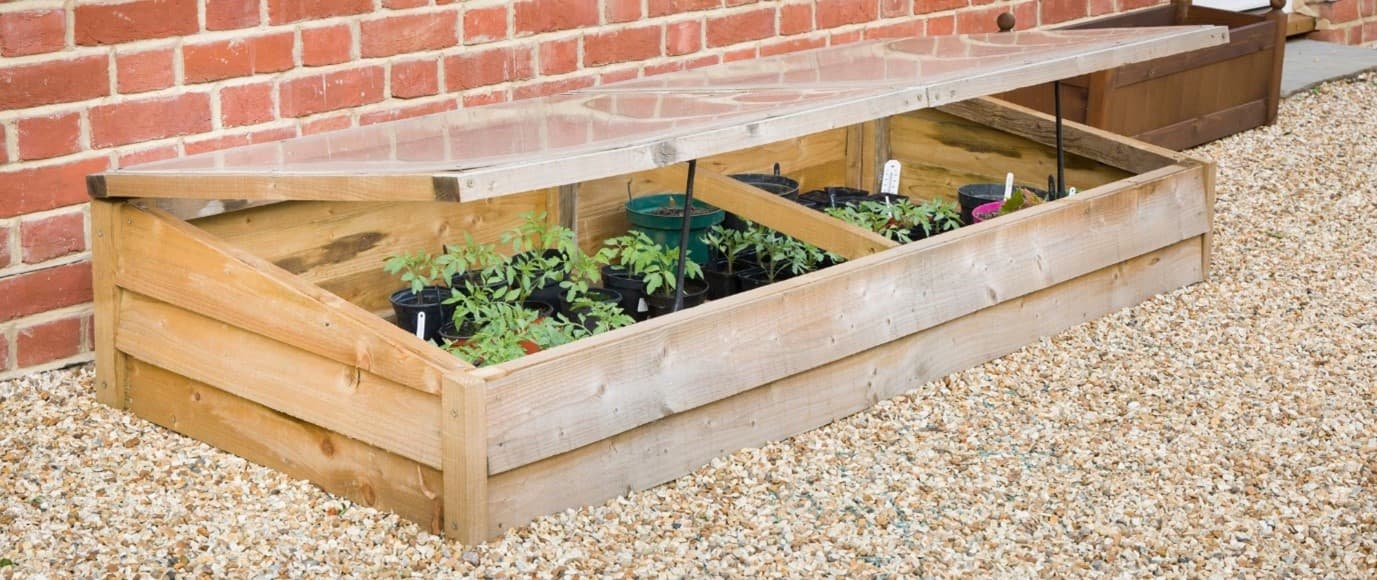
If you have no cold-frame or greenhouse, cloches can protect plants in situ, use a double layer of horticultural fleece or small grow tunnels to protect them. But do this in the warmest part of your garden, near a south facing wall if possible. In the second week reduce to one layer of fleece. Large soft drink bottles are easily repurposed as mini cloches, but they will not protect against frost.
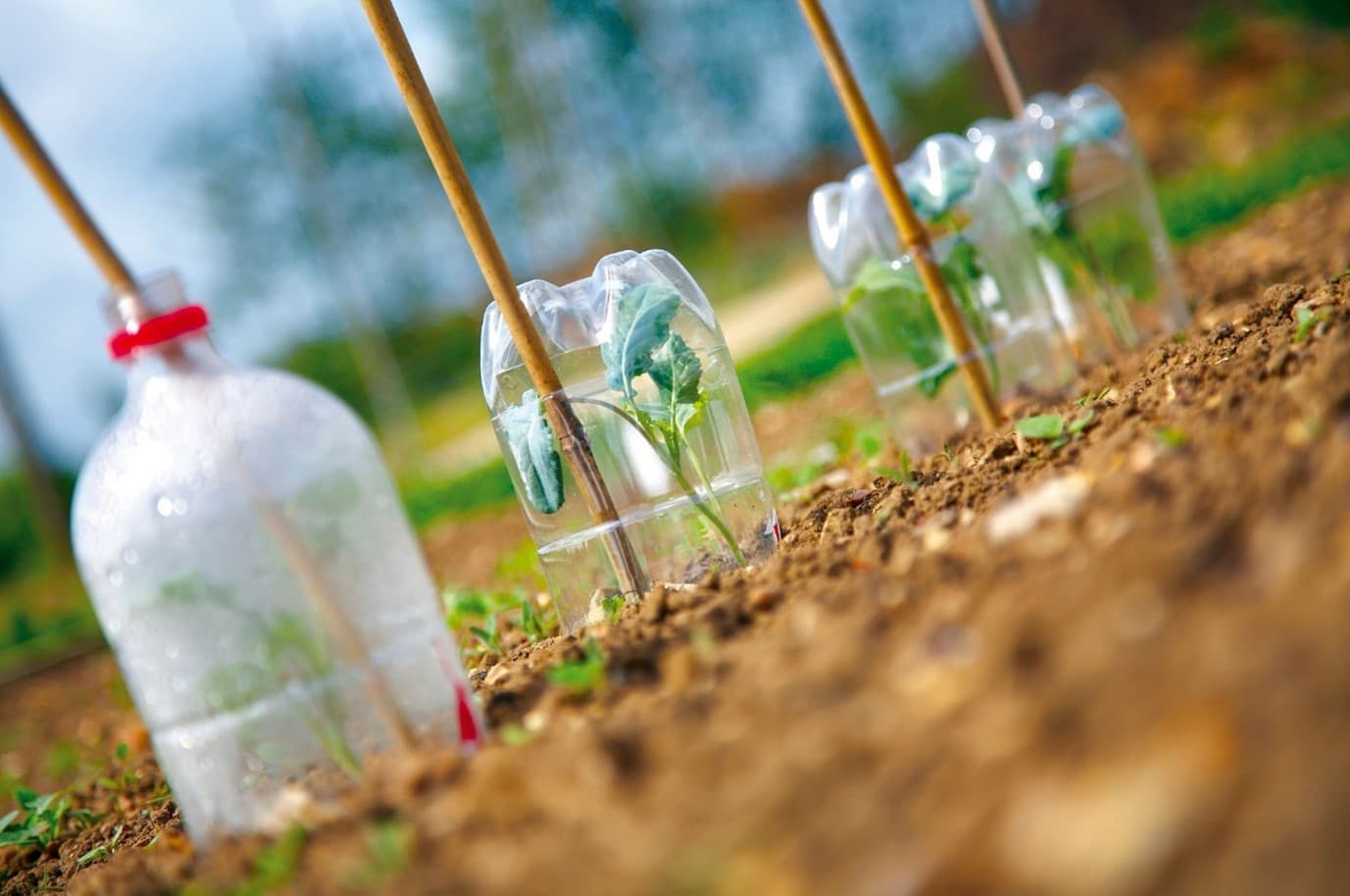
Ideally day and night-time temperatures should be over 12°C before planting out tender vegetable plants to prevent their growth being set back and reducing their ability to crop.
Soft new growth is what slugs and snails like best so be vigilant and keep them away from your seedlings.
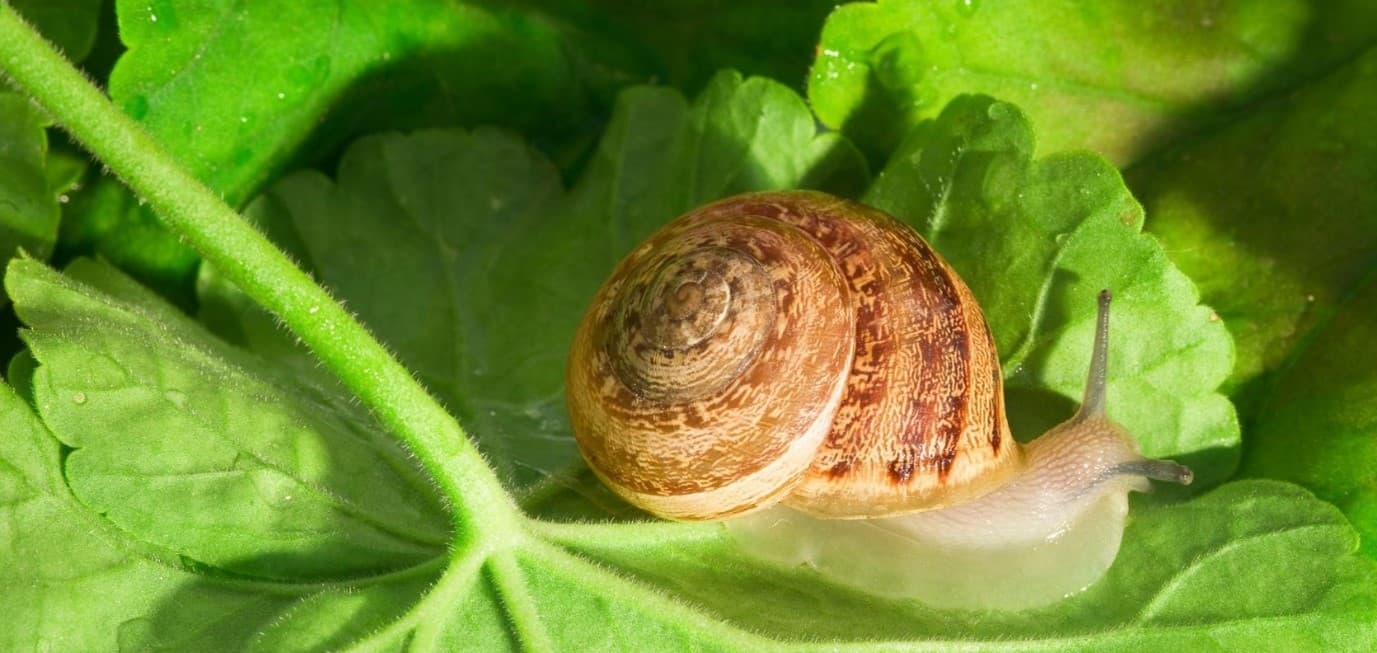
You can also harden off some of your houseplants in the same way if they have a hardiness rating of H1B or above. Wait until June/July when day and night-time temperatures are consistently over 15°C. Harden them off very gradually in semi shade to prevent their lush foliage being sun or wind scorched.
In conclusion, if you’re planning on planting new seedlings or returning overwintered plants to the garden, it is crucial to harden them off first. Gradual acclimatization over two to three weeks is key to ensuring their transition to the outside, especially for frost-sensitive plants. Whether you have a greenhouse or not, there are ways to protect your plants as they are toughening up. With some patience and care, you can enjoy a bountiful and beautiful garden this spring and summer.

By our resident horticultural expert





